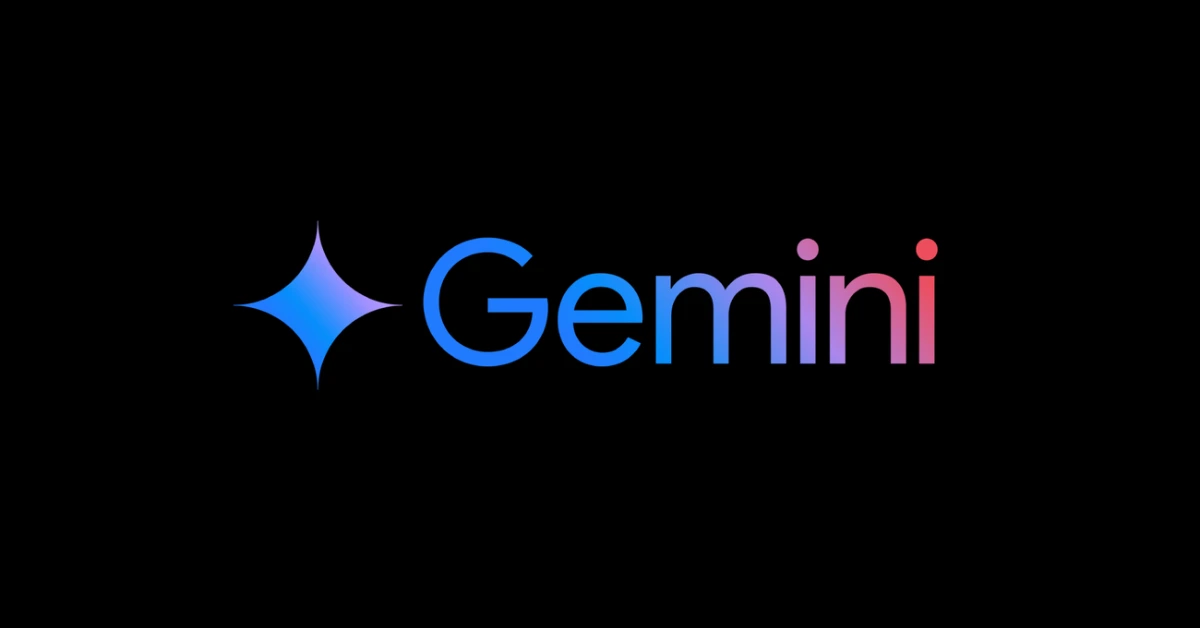Artificial Intelligence (AI) has entered a new phase one where efficiency matters as much as raw power. While Google’s Gemini represents one of the most advanced multimodal AI systems ever built, Nano AI marks the start of something different: lightweight, on-device models that bring intelligence directly to users’ hands.
As the AI landscape evolves in 2025, the difference between these two approaches highlights a wider shift in the industry from cloud-based giants to fast, privacy-friendly models that live inside our devices.
What is Gemini?
Gemini is Google’s flagship family of generative AI models developed by DeepMind and Google Research. It is built to understand and generate text, code, audio, video, and images, making it multimodal by design.
The Gemini family includes several tiers tailored to different needs:
- Gemini Ultra: Google’s most powerful model, designed for complex reasoning and enterprise use.
- Gemini Pro: The general-purpose model powering Gemini apps on the web and mobile.
- Gemini Flash / Flash-Lite: Smaller, faster versions tuned for summarisation, search, and chat.
- Gemini Nano: The tiniest model, built for smartphones and offline functionality.
Unlike Google’s earlier LaMDA, which processed only text, Gemini was trained on diverse datasets of audio, code, images, and multilingual text. This means it can interpret a photo, explain a chart, and generate content across formats, all within one unified system.
Read more: Gemini vs ChatGPT: Which AI Tool Is Smarter in 2025?
What is Nano AI?
Nano AI refers to a new generation of lightweight, on-device AI tools designed for efficiency rather than size. These compact models can run locally on a device without relying on cloud servers.
The goal is simple: make AI faster, cheaper, and more private.
By processing data directly on a phone, Nano AI reduces latency, preserves privacy, and works even with limited connectivity.
This approach isn’t limited to Google. Companies such as Apple, Qualcomm, and Samsung are all building on-device AI systems to complement their hardware. Together, they represent a broader move towards edge computing, where intelligence sits closer to the user.
As Google puts it, Nano AI allows “AI in your pocket” intelligence that travels with you.
Gemini vs Nano AI: The core difference
At first glance, Nano AI might look like a scaled-down Gemini, but the difference lies in where and how they work.
| Feature | Google Gemini | Nano AI |
| Type | Cloud-based generative AI suite | Lightweight on-device AI system |
| Processing Location | Data centres (Google Cloud) | Directly on the user device |
| Connectivity | Internet required | Works offline or with a weak signal |
| Strengths | Scale, reasoning, multimodal output | Speed, privacy, energy efficiency |
| Use cases | Search, Docs, coding, data analysis | Summaries, replies, translations |
| Integration | Gmail, YouTube, Workspace, Search | Android, Pixel, Gboard, Recorder |
| Ideal for | Enterprises and developers | Everyday users and mobile tasks |
In short, Gemini handles heavy cloud computation, while Nano AI delivers instant results on the device. They work best together, one providing depth, the other delivering speed.
How Nano AI fits into the Gemini ecosystem
Google designed Gemini Nano as the smallest branch of its Gemini family. It powers select AI features on Android and Pixel phones, offering real-time assistance without depending on an internet connection.
Examples of Nano AI in action:
- Recorder app: Summarises voice notes and interviews directly on the phone.
- Gboard: Suggests smart replies in apps like WhatsApp and Messages.
- Android 15: Uses Nano AI to detect potential scam calls and generate accessible audio descriptions.
Because tasks are processed locally, no personal data leaves the device, a major advantage for privacy-conscious users. Nano AI brings Gemini’s intelligence to everyday interactions, showing how Google is merging large-scale research with small-scale practicality.
Why lightweight models matter
AI is now as much about efficiency as intelligence. Lightweight models like Nano AI are important for four main reasons:
- Speed: On-device processing removes the delay of sending data to the cloud.
- Privacy: Sensitive information stays local, reducing security risks.
- Energy efficiency: Smaller models use less computing power and battery.
- Accessibility: They enable AI features on affordable phones and in low-connectivity regions.
In markets such as Africa, Asia, and Latin America, these benefits are particularly valuable. Nano AI ensures that AI tools work smoothly even where broadband coverage is inconsistent, supporting more inclusive access to technology.
The shift from cloud AI to edge AI isn’t just technical, it’s social. It means more people can use smart tools regardless of location or bandwidth.
Gemini and Nano AI in context
To understand their role, it helps to see where Gemini and Nano AI stand among other major AI tools:
- OpenAI ChatGPT: Focused on creativity and research via the cloud.
- Meta LLaMA: Open-source, used mainly for experimentation and model training.
- Microsoft Copilot: Embedded in Office 365 and Windows for productivity.
- Apple Intelligence: A hybrid of on-device and server-based AI for iOS users.
What sets Google apart is its dual-layer strategy. Gemini handles complex reasoning tasks, while Nano AI provides instant, private responses at the edge. This hybrid approach allows Google to scale AI across both enterprise and consumer markets.
Challenges and limitations
Lightweight models come with trade-offs. Because they’re smaller, they may:
- Struggle with nuanced reasoning or creative writing.
- Offer shorter contextual memory.
- Require careful tuning to maintain accuracy.
Meanwhile, cloud-based systems like Gemini raise questions about data storage, bias, and environmental impact due to large-scale computation.
Google addresses these issues through its AI Principles, which prioritise fairness, transparency, and user control. Both Gemini and Nano AI follow these ethical frameworks, though challenges remain in making all AI outputs truly reliable.
The future of lightweight AI
As hardware improves, the gap between cloud AI and on-device AI will continue to narrow. Future versions of Nano AI will handle more complex reasoning, generate visuals, and adapt to user preferences without internet connectivity.
For Google, the goal is to create an ecosystem where Gemini handles the heavy thinking and Nano AI delivers the instant response. Together, they could redefine what personal AI means: fast, private, and always available.
In the new wave of AI, intelligence will not live only in servers. It will live in every device, responding instantly, securely, and personally.
Get passive updates on African tech & startups
View and choose the stories to interact with on our WhatsApp Channel
Explore








